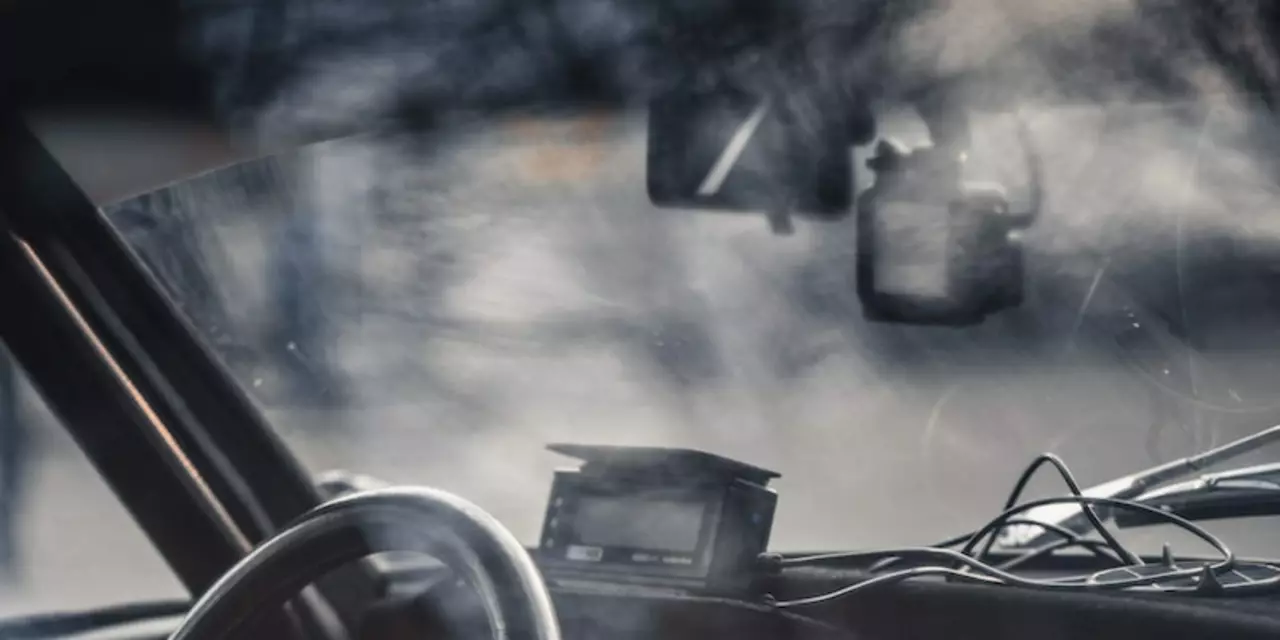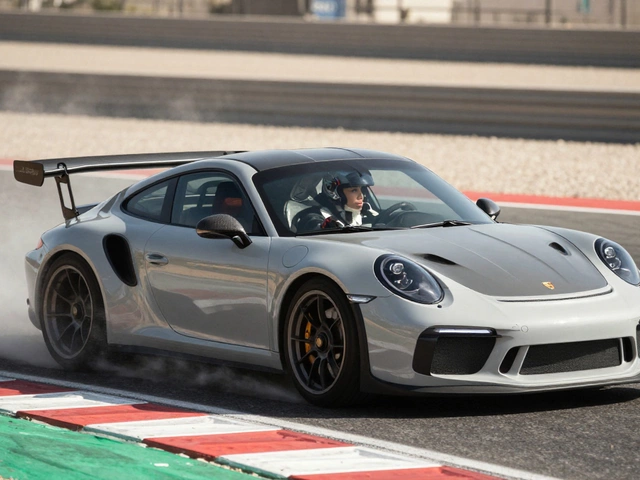Drivers: Your Guide to Rally Car Control and Skills
When you think of rally racing, the driver is the centerpiece. A driver needs more than just a fast car – they need the right tools, techniques, and mindset to tame twisty roads, gravel pits and unpredictable weather. Below we break down the basics that every rally driver should know, from the two sticks you’ll be juggling to how experience shapes your driving style.
The two sticks every rally driver lives by
First up, the gear stick. It’s not just for shifting; in rally you’ll be moving through gears quickly to keep torque where you need it. A smooth pull on the stick lets you accelerate out of tight corners without losing traction. The second stick is the hand‑brake lever. Pull it sharply to lock the rear wheels and spin the car into a controlled slide. Mastering the timing between the gear stick and hand‑brake is what separates a clean corner from a skid that ends the stage.
Key driver habits that improve performance
Speed isn’t everything. A good driver learns to read the road ahead, listening for changes in surface and adjusting line and throttle accordingly. Practicing pace notes with your co‑driver builds trust – a driver who knows exactly when a jump or blind corner is coming can plan the gear and brake inputs in advance. Physical fitness matters too; rally stages can be long and demanding, so stamina and core strength help you stay sharp till the finish.
Another habit is consistent car set‑up checks. Before each stage, verify that the suspension, tire pressure and brake bias match the terrain. Small tweaks, like a firmer rear end for fast gravel, can make the car feel more predictable, giving the driver confidence to push harder.
Learning from others speeds up your growth. Articles like “What are the 2 sticks used by the driver in a rally car?” give clear explanations of essential controls, while posts on driver challenges, such as “What’s harder, rallying or formula one?” give perspective on mental demands. Reading these stories helps you anticipate challenges before they hit the road.
Finally, never underestimate the value of practice runs. Repeating the same stage lets you fine‑tune each input, turning a good driver into a great one. Record your times, note any mistakes, and adjust your technique. Over time you’ll notice smoother transitions, tighter corners and faster overall stage times.
Our tag page gathers all driver‑focused posts in one spot, so you can quickly find advice on gear sticks, driver fitness, and rally strategies. Bookmark the page, check back for new articles, and join the conversation in the forum. The more you engage, the more you’ll sharpen your driver instincts.

Do Rally Drivers use handbrake?
Rally drivers use the handbrake in some situations. It is used to initiate a slide, to slow down, or to make a tight turn. The handbrake allows for a more precise and controlled maneuver than would be possible with the regular brakes. It is an important tool for rally drivers as it allows them to be more competitive and to be faster. However, the handbrake is not used in every situation and drivers must know when and how to use it.
read more
Do Rally Drivers use handbrake?
Rally drivers use a handbrake during competition as it is an important tool in controlling the car. The handbrake is used to transfer weight from the rear of the car to the front when cornering, which helps the driver maintain control of the car. The handbrake is also used to initiate a slide or oversteer, which is used to help the driver navigate tight turns. The handbrake can also be used to stop the car quickly in an emergency situation. In short, the handbrake is an essential tool for rally drivers and is used to provide greater control and maneuverability of the vehicle in difficult conditions.
read more
Do rally drivers remember track or rely just on navigator?
This article explores the question of how rally drivers navigate their way through a course. It looks at the differences between experienced rally drivers who have raced the same course multiple times, and those who are new to a track. The article concludes that experienced drivers rely on their knowledge of the track, whereas new drivers rely on the navigator to direct them. It is also noted that both drivers and navigators must be able to quickly identify course changes and landmarks. Finally, the article suggests that experience is key to successful rally driving, as it allows the driver to trust their memory of the track, while the navigator can be used to augment that knowledge.
read more
